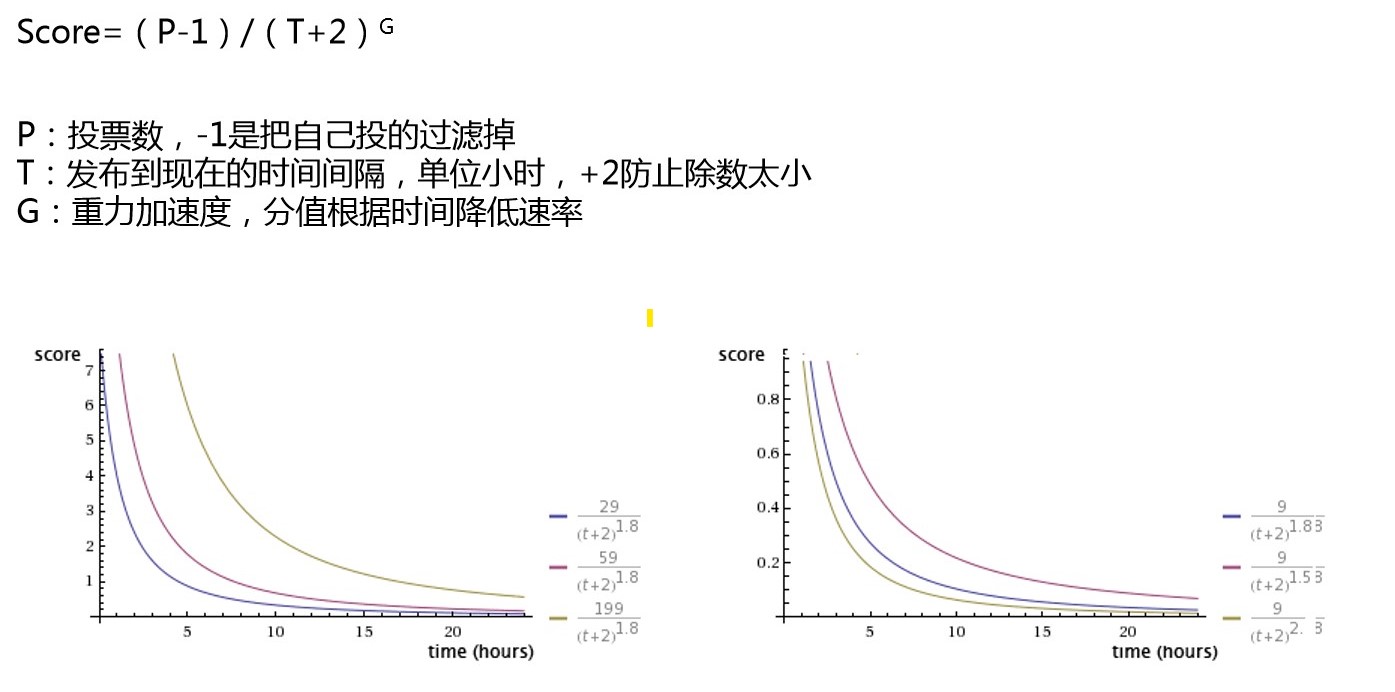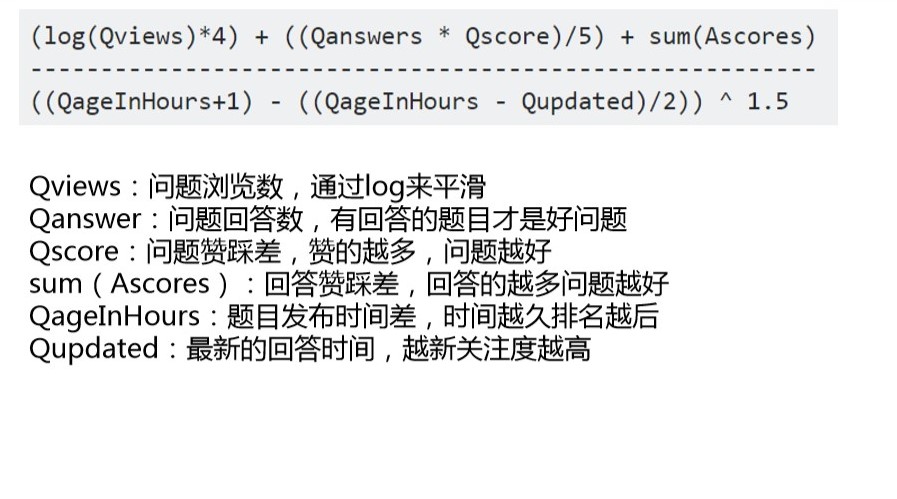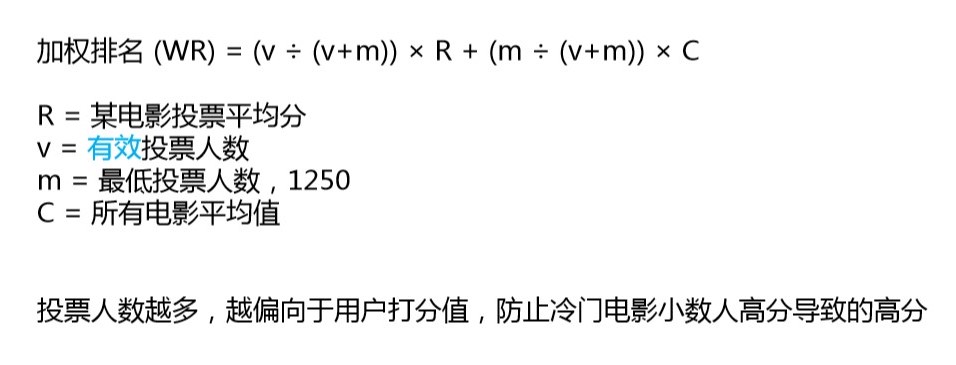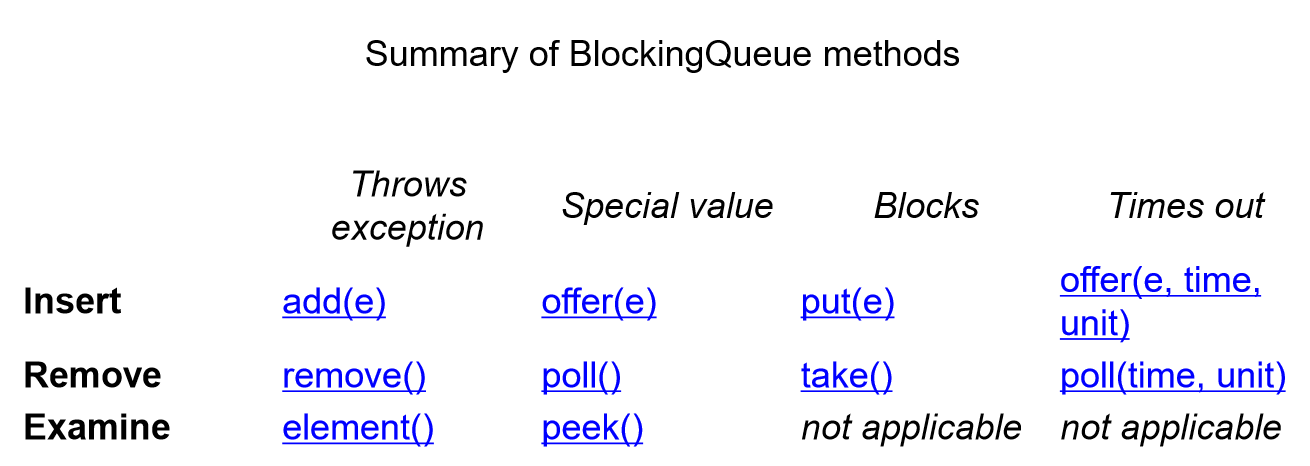溫馨提示×
您好,登錄后才能下訂單哦!
點擊 登錄注冊 即表示同意《億速云用戶服務條款》
您好,登錄后才能下訂單哦!
本篇內容介紹了“redis排序算法有哪些”的有關知識,在實際案例的操作過程中,不少人都會遇到這樣的困境,接下來就讓小編帶領大家學習一下如何處理這些情況吧!希望大家仔細閱讀,能夠學有所成!
排序算法:
redis的sorted set類型的元素,都會關聯一個分數,可以用于排序
適用于:只有點贊、對時間敏感

適用于:有點贊點踩、流量較大的

適用于問答網站

適用于:電影評分排序

加在方法上或代碼段上:
public class Test1 {
private static Object obj = new Object();
public static void synchronized1() throws InterruptedException {
synchronized (obj) {
for (int i = 0; i < 3; i++) {
Thread.sleep(1000);
System.out.println("鎖1:" + i + ",t:" + Thread.currentThread());
}
}
}
public static void synchronized2() throws InterruptedException {
synchronized (obj) {
for (int i = 0; i < 3; i++) {
Thread.sleep(1000);
System.out.println("鎖2:" + i + ",t:" + Thread.currentThread());
}
}
}
public static synchronized void synchronized3() throws InterruptedException {
for (int i = 0; i < 3; i++) {
Thread.sleep(1000);
System.out.println("鎖1:" + i + ",t:" + Thread.currentThread());
}
}
public static synchronized void synchronized4() throws InterruptedException {
for (int i = 0; i < 3; i++) {
Thread.sleep(1000);
System.out.println("鎖2:" + i + ",t:" + Thread.currentThread());
}
}
public static void main(String[] args) throws InterruptedException {
for (int i = 0; i < 5; i++) {
new Thread(new Runnable() {
@Override
public void run() {
// TODO Auto-generated method stub
try {
// synchronized1();
// synchronized2();
synchronized3();
synchronized4();//效果一樣
} catch (InterruptedException e) {
// TODO Auto-generated catch block
e.printStackTrace();
}
}
}).start();
}
}
}
add()方法如果隊列滿了會報錯,put()方法如果隊列滿了會等待,當隊列有空余則進行數據插入,offer()方法如果隊列滿會返回false,否則插入成功并返回true
examine--檢查
使用同步隊列可以實現之前的異步模型,但是和redis的List相比,同步隊列無法適用于分布式
public class test2 {
public static void main(String[] args) throws Exception {
Producer.q.put("like");
// Producer.q.put("dislike");
// Producer.q.add("dislike");
Producer.q.offer("dislike");
new Thread(new Consumer(Producer.q), "t1").start();
new Thread(new Consumer(Producer.q), "t2").start();
}
}
class Producer {
public static BlockingQueue<String> q = new ArrayBlockingQueue<String>(10);
}
class Consumer implements Runnable {
private BlockingQueue<String> q;
Consumer(BlockingQueue<String> q) {
this.q = q;
}
@Override
public void run() {
try {
System.out.println(Thread.currentThread().getName() + ",消費者數據:" + q.take());
Thread.sleep(3000);
} catch (InterruptedException e) {
e.printStackTrace();
}
}
}public class test3 {
private static int a = 0;
private static AtomicInteger b = new AtomicInteger(0);
public static void main(String[] args) throws InterruptedException {
for (int i = 0; i < 50; i++) {
new Thread(new Runnable() {
@Override
public void run() {
try {
Thread.sleep(1000);
a++;
b.incrementAndGet();
} catch (InterruptedException e) {
// TODO Auto-generated catch block
e.printStackTrace();
}
}
}).start();
}
Thread.sleep(3000);//等50個線程運行完
System.out.println(a);
System.out.println(b);
}
}public class test4 {
public static void testExecutor() throws InterruptedException {
// ExecutorService service = Executors.newSingleThreadExecutor();//所有任務只有一個線程執行
ExecutorService service = Executors.newFixedThreadPool(2);// 每個任務都分配一個線程
service.submit(new Runnable() {
@Override
public void run() {
for (int i = 0; i < 5; ++i) {
try {
Thread.sleep(1000);
System.out.println("Execute1 " + i);
} catch (InterruptedException e) {
e.printStackTrace();
}
}
}
});
service.submit(new Runnable() {
@Override
public void run() {
for (int i = 0; i < 5; ++i) {
try {
Thread.sleep(1000);
System.out.println("Execute2 " + i);
} catch (InterruptedException e) {
e.printStackTrace();
}
}
}
});
service.shutdown();
// 輪詢,service是否停止
while (!service.isTerminated()) {
Thread.sleep(1000);
System.out.println("ExecutorService正在運行,Wait for termination.");
}
}
public static void main(String[] args) throws InterruptedException {
testExecutor();
}
}public class test5 {
public static void testfuture() throws Exception {
ExecutorService service = Executors.newFixedThreadPool(2);
Future<Integer> future = service.submit(new Callable<Integer>() {
@Override
public Integer call() throws Exception {
System.out.println("開始計算任務。。。");
Thread.sleep(3000);
System.out.println("開始返回結果。。。");
return 100;
}
});
service.isShutdown();
System.out.println("等待的結果:" + future.get(2000, TimeUnit.SECONDS));
}
public static void main(String[] args) throws Exception {
testfuture();
}
}“redis排序算法有哪些”的內容就介紹到這里了,感謝大家的閱讀。如果想了解更多行業相關的知識可以關注億速云網站,小編將為大家輸出更多高質量的實用文章!
免責聲明:本站發布的內容(圖片、視頻和文字)以原創、轉載和分享為主,文章觀點不代表本網站立場,如果涉及侵權請聯系站長郵箱:is@yisu.com進行舉報,并提供相關證據,一經查實,將立刻刪除涉嫌侵權內容。